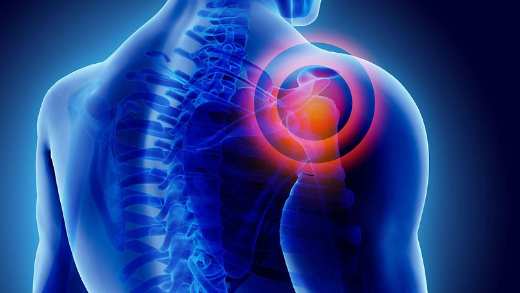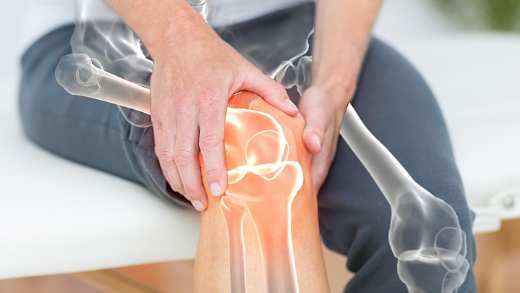The sciatic nerve is a large nerve that originates in the lower back and travels down the back of the leg, forming smaller nerves that eventually reach your foot.
IPRS Health, a provider of Occupational Health and Rehabilitation services, believe that knowing the facts can help you to recover more quickly. They've provided some advice on how to help manage sciatica.

Sciatica causes and symptoms
The majority of people with sciatica experience symptoms due to an issue with the sciatic nerve, in the lower back. Irritation or injury can occur here, through inflammation or when a structure (such as a disc) compresses it.
Sciatica accounts for around 8-10% of back pain problems. Footnote [1] It's common for people to sometimes think the symptoms of lower mechanical back pain are sciatic nerve-related, as symptoms can often be felt in the buttocks and legs. However, there are some clear signs that can help us to identify when the sciatic nerve has been affected.
Common Symptoms
The symptoms below would be felt mainly in the back of the leg and can be felt as far as the foot:
- Hot burning sensation
- Sharp pain
- Cold pain or sensation
- Pins and needles
- Numbness or loss of feeling
- Weakness in the muscles making movement harder
You're also likely to experience lower back pain with more severe sciatica, but the leg symptoms above may be more intense than the back pain.
IPRS Health would encourage anyone with symptoms of sciatica to read their Serious Back Pain section in order to make sure you are aware of the type of symptoms that need an immediate medical assessment.
Management of sciatica
Can I keep moving?
The symptoms of sciatica can be alarming - people often report that they’re scared to complete their usual tasks at home or in work. However, it’s important to note that in most cases, even with these symptoms, you’re safe to move. You may need to adapt what you do initially to manage your pain, but slowly build back into your normal daily activities. You won’t cause more damage.
Pain management
It’s important that you attempt to control your pain and symptoms; speak to a pharmacist or your GP about suitable pain medication. You may be prescribed some specific 'nerve pain' medication for a short time. If there are any activities that make your pain worse, see if you can stop or adapt them for a short period to allow your symptoms to calm down.
Sleep
Sleep can be an important part of recovering from sciatica, so prioritise getting a good night’s sleep. You may need to trial different positions at night using support from pillows. Try putting a pillow in between your legs when lying on your side or beneath your legs when lying on your back, different things work for different people. You can also discuss pain medication with a pharmacist or your GP, which can be taken before you go to sleep.
Getting an assessment
If you’ve developed symptoms of sciatica for the first time, then we recommend you get an assessment from a suitably trained healthcare professional such as a physiotherapist or your GP.
How long does it take to get better?
Symptoms can range from very mild to severe. Typically, the more severe your symptoms are, the longer it's likely to take for them to calm down. For milder cases, symptoms often settle down in 6-8 weeks but for some the symptoms can persist for many weeks or months.
Other treatment options
In a minority of cases where these symptoms continue and don’t respond to the advice above, you may be offered more invasive treatment such as an injection or even surgery. These options would only be offered following an assessment from a healthcare professional after all other options have been exhausted.
Below are some examples of basic exercises that physiotherapy patients with sciatica carry out carefully under advice, as they can help maintain the health of the sciatic nerve and lower back.
This content and these videos are provided solely by IPRS Health. Although IPRS Health is a health and wellbeing company, the information contained within these articles and videos does not represent any form of assessment, diagnosis, or treatment by IPRS Health for a medical condition. Any exercise-based content is not specific or prescribed by IPRS Health for your medical condition. If you follow any exercise programme or advice contained within these articles and videos, you do so at your own risk and IPRS Health have no liability for any subsequent damage, loss, or injury. IPRS Health recommend that you seek advice from a physiotherapist or healthcare professional before starting any new exercise regime. If you are experiencing back pain or discomfort, please seek medical advice in the first instance.
















